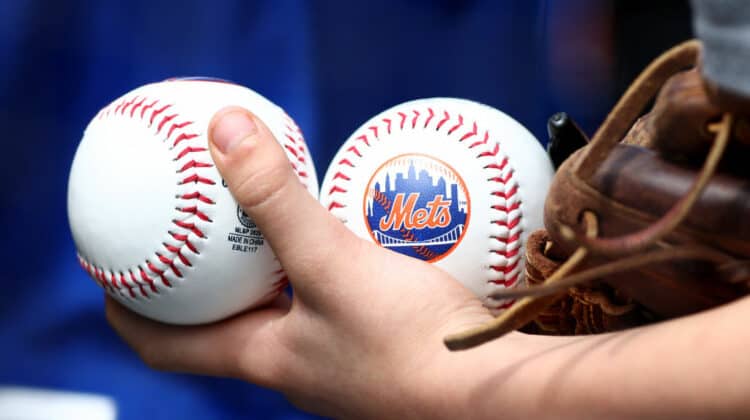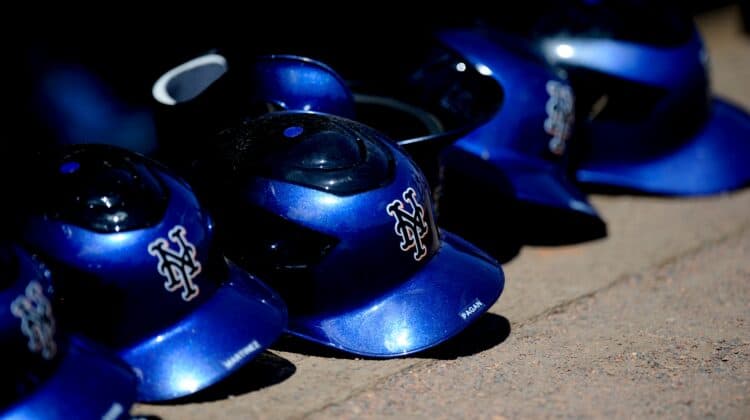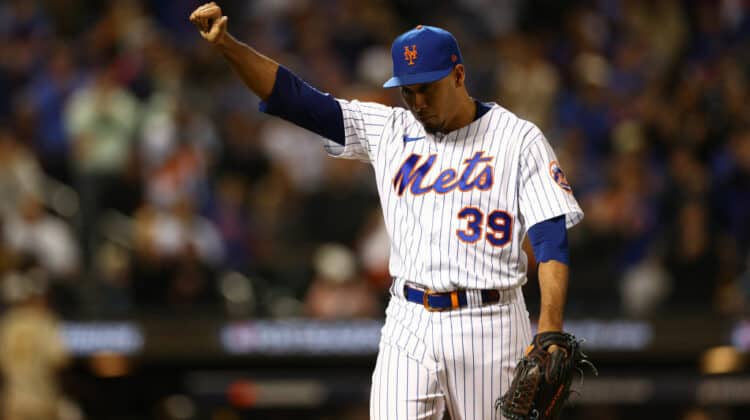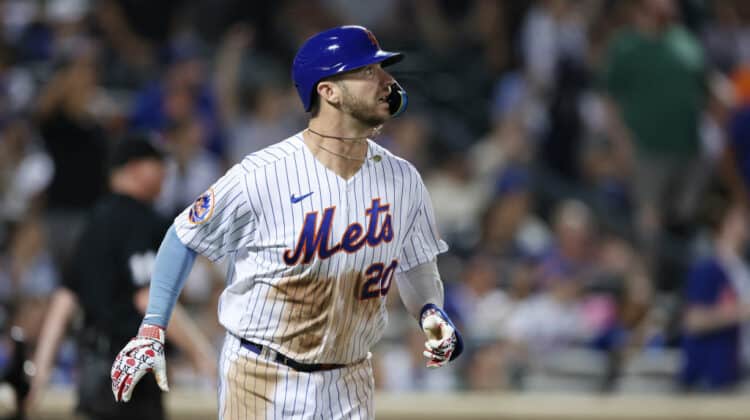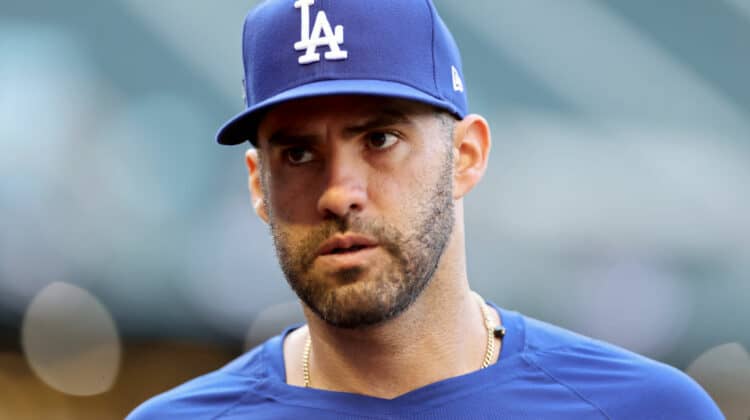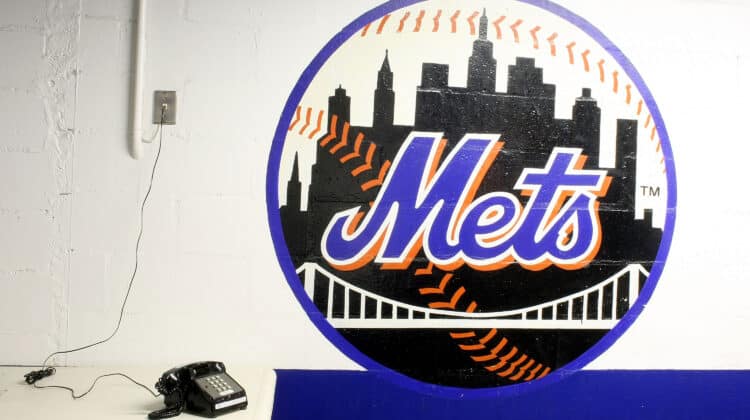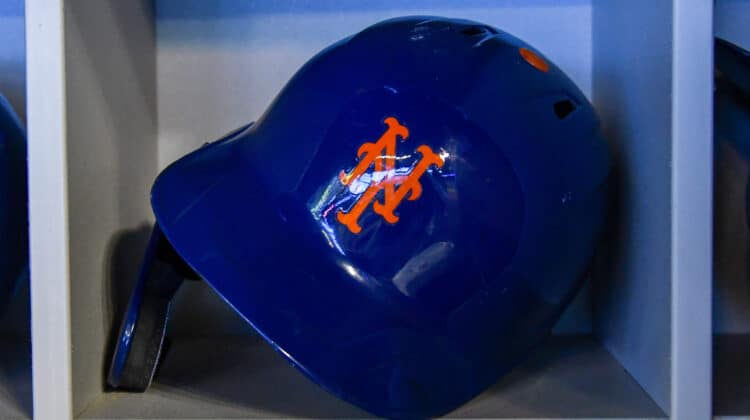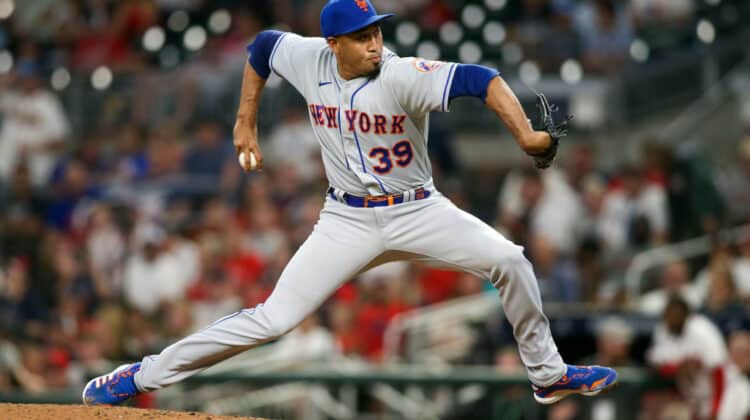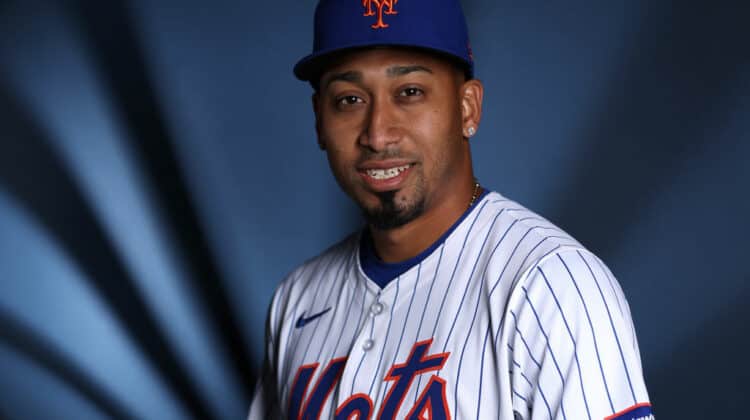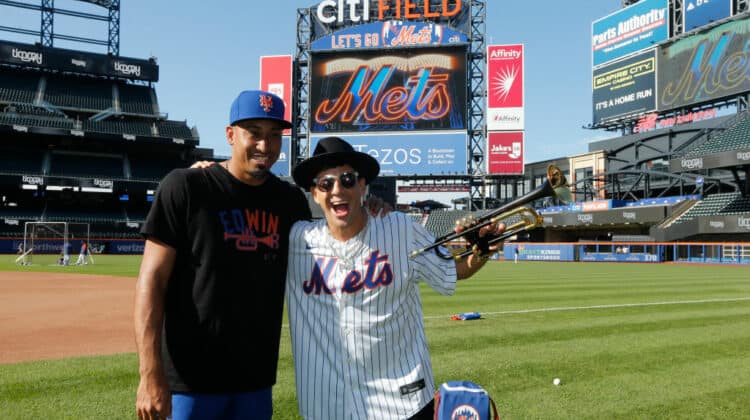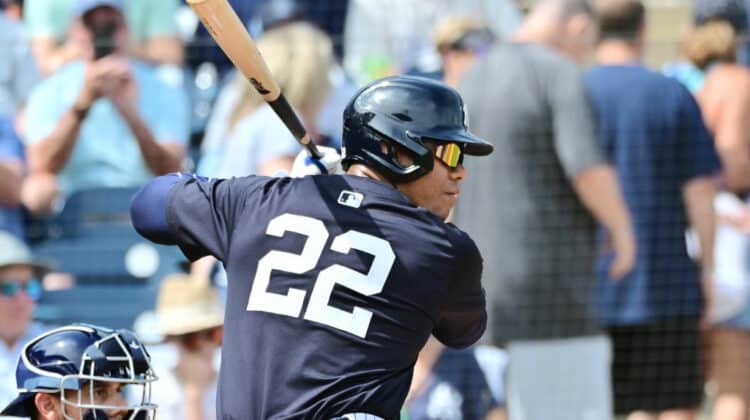
New York Mets shortstop Francisco Lindor hasn’t had a season to remember in his first year in the Big Apple.
His Mets are currently out of the playoffs and he is hitting .227/.317/.385.
He has had to endure injuries and hear boos from his own fans.
What has happened with Lindor in 2021?
These three factors worked against him.
3. Pressure In The Big City
Lindor had played his whole career with the Cleveland Indians, a small market team with great coaching and player development staffs.
The Indians have the longest World Series drought at the moment, but despite that, he didn’t endure true pressure by media and fans before landing in New York.
During the offseason, the Mets traded several prospects and shortstops Andres Gimenez and Amed Rosario to the Indians in exchange for Lindor and pitcher Carlos Carrasco.
The day before the start of the season, Lindor signed a 10-year, $341 million contract extension with the Mets, so he had that on his shoulders from the go.
He struggled out of the gate, and by April, he was already hearing boos from fans.
A few days ago, Lindor was in the middle of a silly game with Javier Baez and Kevin Pillar, giving fans the thumbs-down sign as a protest for the constant booing.
Playing in New York means pressure, and it’s very uncomfortable.
Are people forgetting we gave Lindor 300+???? Why are we giving him any sympathy??? If he goes 0-4 today, the boos better be coming!!! #LGM
— BeeTheKing (@BernieWald) September 5, 2021
It’s his first season of many in Queens, so he will, most likely, adapt in the future, but Mets fans, among the most passionate in MLB, are relentless.
2. Untimely Injury
On July 16, Lindor had to abandon the Mets game with discomfort on his side.
After performing imaging and tests, it was revealed he was dealing with an oblique strain.
That injury ended up taking more than a month of Lindor’s season, as he came back in late August.
The saddest part of the ailment was that, in the games leading up to it, Lindor was scorching hot, on the way to a prolonged hot streak that would have had a great impact on his full season line.
As of right now, Lindor is hitting .227/.317/.385 on the season.
In the seven games he played before his injury, he was hitting .348/.423/.609 with two homers, five runs, and seven RBI.
It was a very untimely injury.
The Mets were leading the NL East by multiple games when he went down, and when he came back, they had already relinquished their lead.
1. Batted Ball Quality/Luck
Lindor has improved, but he had a severe groundball problem in the early stages of the season.
As a whole, however, he is hitting the fewest line drives in his career this year, at 19 percent.
Line drives have a very high expected batting average and slugging percentage, and are considered the ideal type of contact.
At .249, he also boasts the lowest expected batting average of his MLB tenure.
However, Lindor has also been unlucky.
His .335 expected weighted On-Base Average, or xwOBA (a very useful stat that combines plate discipline with exit velocity and launch angle to determine deserved performance) is somewhat in line with his career, yet it has resulted in a career-low .306 wOBA (a stat that focuses on outcomes, like singles, doubles, home runs, or outs).
To sum up, Lindor had an adjustment period under a new environment, with more pressure and higher expectations, and he struggled out of the gate.
Lindor was horrible in April in May but he had a 137 OPS+ once June started
— Stephen🥶 (@PeteAlonsoFan23) July 31, 2021
If we take away April and May and start considering his stats from June to this point, he is hitting .257/.338/.466, in line with his career performance.
NEXT: 3 Moves Mets Must Make This Offseason To Have Hope In 2022

